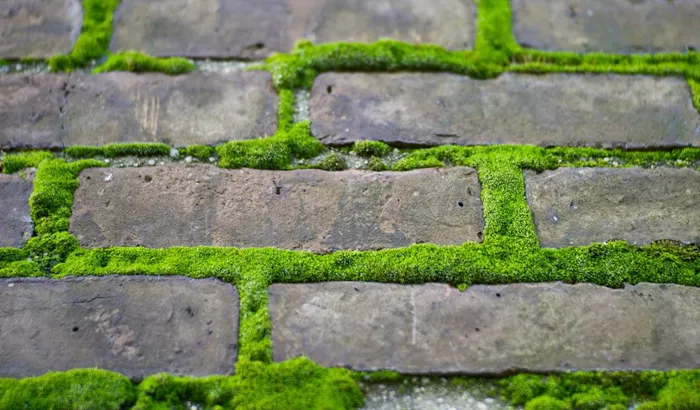A centuries-old gardening technique from Japan is gaining international attention this May, offering an eco-conscious, visually elegant solution to moss management. Unlike conventional Western methods aimed at eliminating moss, this approach emphasizes selective moss cultivation—preserving its beauty while controlling its spread.
Moss: A Symbol of Tranquility in Japanese Gardens
In traditional Japanese landscaping, moss is not a problem but a prized feature. It symbolizes age, serenity, and timelessness. “Moss provides that coveted velvety texture that transforms ordinary gardens into contemplative sanctuaries,” explains Yuki Tanaka, a master gardener and author of Living Gardens of Japan. This philosophy underpins a refined moss management method now catching on globally.
White Vinegar: The Natural Moss Solution
At the heart of the technique is ordinary white vinegar. Japanese gardeners have used this method since 1782 to target only unwanted moss. The process is simple:
- Mix a 5% white vinegar solution
- Apply directly to undesired moss patches
- Wait for one hour
- Gently remove the moss using a hand brush
“Vinegar’s acetic acid changes the pH in affected areas, killing unwanted moss while leaving other plants unharmed if applied precisely,” says Dr. Mei Chen, a botanical researcher at Tokyo University.
The Broader Japanese Method: Balance Over Eradication
Moss management in Japanese horticulture goes far beyond vinegar. It includes:
- Selective cultivation of desired moss varieties
- Manual removal using bamboo rakes or traditional scarifiers
- Soil aeration techniques to improve drainage and discourage regrowth
- Microclimate creation to encourage moss where it belongs
Gentle soil scarification—lightly loosening the topsoil with a bamboo rake—encourages airflow and water movement, reducing moss buildup in unwanted areas while preserving established patches.
Moss-Friendly Spaces vs. Moss-Free Zones
Instead of eradicating moss entirely, Japanese gardeners designate moss-friendly areas that promote growth under ideal shade and moisture conditions. This practice transforms parts of the garden into natural sanctuaries while discouraging moss in other areas through:
- Strategic plant placement (e.g., creeping thyme, sweet woodruff)
- Improved drainage techniques
- Creation of natural barriers using companion planting
Plants like Irish moss offer a similar aesthetic to true moss without the tendency to spread uncontrollably.
A Surprising Banana Peel Addition
In a modern twist, some gardeners are adding banana peels to compost near moss-prone areas. The potassium boost helps nearby plants grow stronger, indirectly suppressing unwanted moss through increased competition.


